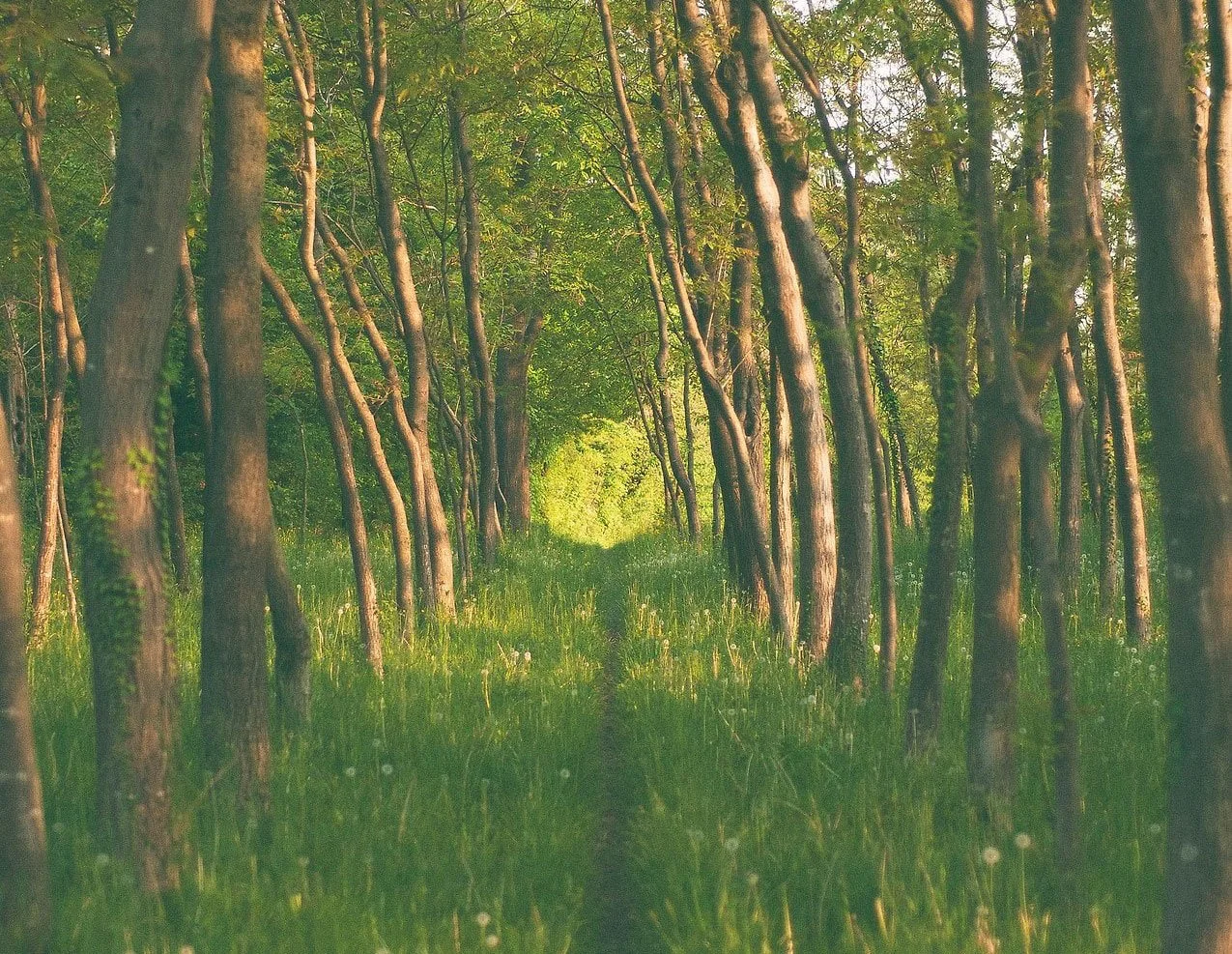Gabes lucidly describes the ways our individual health and well-being is dependent upon our connections and the structures of the societies in which we reside, bringing us into conversation about interdependence and the abundance that our communities can foster when we move beyond a scarcity mindset based in individualism and profit.
Read MoreSamuel Bautista Lazo brings listeners into an insightful conversation on the value of craftwork that connects us to the past and plants seeds for the future emphasizing the radical act of creating connection and meaning with the objects we need to sustain life.
Read MoreJosué invites us to challenge extractive and colonial lenses by embracing the overwhelming force of the creative urge. How might we break apart from the constant pressure of social media to envision the new modes of creation and creativity that these stories need in order to be told?
Read MorePart two of the conversation between brontë and Tiffany spans further inquiry into shoals, the physical desire to belong to Earth, agency, eros, spiritual correction, the pleasure and potential of failure, and that which cannot be translated, but instead has to be experienced or co-witnessed to be understood.
Read Morebrontë and Tiffany explore sacred laughter, Black and Indigenous feminism, sexuality, liberation, ceremony, and protocol. This simultaneously intimate and expansive dialogue allows us to rethink the stories and structures we’ve been told regarding Black and Indigenous relations.
Read MoreSpeaking to the ways that carrying the trauma of caste manifests within the body, Thenmozhi emphasizes the importance of slowing down to process the grief and pain caused by mindless oppression. She offers important context to the conversation about caste, emphasizing the ways caste discrimination manifests within global schemes of technology and power distribution.
Read MoreVandana and Ayana piece apart the threads of our global culture that lead to exploitation and extraction - focusing on the policies of division and distraction that keep us from each other. The divisions that world-leaders focus so much time on are created in order to dominate and exploit the nature on which the earthly community depends.
Yoalli brings us to the Chacahua-Pastoría Lagoons in Oaxaca, Mexico, to investigate deep connections with land, ongoing colonial violence, and the grief that comes alongside loving a place; a heartening conversation about the importance of ecological grief, rage, and sadness.
Read MoreAntonia dives into the tension that exists in living in and caring for lands that have been violently colonized, calling listeners to understand plants both in the ways that colonization has affected their legacies, and within anti-colonial structures that suggest there are other ways to engage with the plants around us.
Read MoreMimi’s work is grounded in the question: “How do we find new ways to talk about what hurts?” Flipping diagnosis on its head, Mimi guides us to find new ways to name what we feel and to decolonize the language of feeling itself.
Read MoreClaudia digs deep into food and the memories around it– from ancestral memory, to the way tastes for food are passed down through the womb. Claudia explains what it might mean to eat for the next seven generations, and how such future visions are tied to a greater decolonial project, as decolonizing the body and the landscape also means decolonizing the kitchen.
Read MoreBayo Akomolafe guides listeners on a journey to lose oneself and leave behind the ties that bind us to world views that do not serve humanity’s wholeness. Bayo challenges us to lean into the “political un-project” that is fugitivity, blurring societally-imposed binaries, in order to better understand the human territory and to make more-than-human sanctuary through post activism.
Read MoreDr. Carroll pushes back against dominant settler histories about Cherokee migrations and relations to homeland and provides insight into what audience members ought to glean from Indigenous philosophies imparting practices of deep reciprocity, responsibility, and relationship to the land and each other.
Read MoreDr. Osorio guides us into a fuller understanding of aloha by returning the commodified phrase to the more extensive understanding of aloha ‘āina, wherein the possibilities for other worlds are not only born but remembered and recalled from the long history of sovereign Hawai’i and traditional Hawaiian teachings and lifeways.
Read MoreCovering the neuroscience of trauma, the habit of racism, and various typologies of systemic trauma, Dr. Ward provides insight into how we might consciously choose to activate our neuroplasticity toward justice rather than collectively rewarding our neuroplasticity for violence and oppression.
Read MoreWe discuss Kyle’s body of work on dystopia and fantasy in climate justice, the reproduction of settler structures, Indigenous science, vulnerability discourses, and “decolonizing allyship.” Kyle concludes with the ever present reminder that our work must be rooted in consent, reciprocity, and trust.
Read MoreAyana and Linda discuss what will be left in the wake of COVID-19, how will we tend to the wounds of disposability? What systems will endure? What must we dismantle and what will we grow? How can we deepen our actions so that they are not just a response to fear, but are rooted in the promise of collective wellbeing?
Read MoreAn ode to this “talisman of adaptation and creativity,” our interview with Rowen circles Native seeds, the myth of individual self sufficiency, the cultural dimensions of biodiversity, biocolonialism and safeguarding agricultural heritage against patenting, seed work as slow work, and reweaving cultures of belonging.
Read MoreTiokasin shares about the savior mentality that can arise when we act to address the many issues that threaten Earth and kin at this moment. Rather than being guided by solutions and salvation, we acknowledge where we are at in this consciousness and how we can challenge ourselves to give back to the Earth without intrusion.
Read MoreK’asheechtlaa shares the oral history of herring abundance in context to what a typical herring harvest looks like today, industry’s inability to act with reverence, and how Herring Protectors are working to protect the herring and the culture tied to them.
Read More



![TIFFANY LETHABO KING on The Black Shoals [with brontë velez], Part Two /316](https://images.squarespace-cdn.com/content/v1/5403e5dbe4b04db10d1d362b/1670886696027-B18TPEPB1F02GVOCNCRM/Tiffany-Lethabo-King_For-The-Wild_Episode2.jpg)
![TIFFANY LETHABO KING on The Black Shoals [with brontë velez], Part One /315](https://images.squarespace-cdn.com/content/v1/5403e5dbe4b04db10d1d362b/1670276370810-8C4398YL28P1N7EDZ8OG/Tiffany-Lethabo-King_For-The-Wild_Episode1.jpg)










![KYLE WHYTE on the Colonial Genesis of Climate Change [ENCORE] /295](https://images.squarespace-cdn.com/content/v1/5403e5dbe4b04db10d1d362b/1578942140884-JHGF2QH6QLC8U6SWI4GB/154_KyleWhyte_ForTheWildPodcast_Image.jpg)
![LINDA BLACK ELK on What Endures After Pandemic [ENCORE] /293](https://images.squarespace-cdn.com/content/v1/5403e5dbe4b04db10d1d362b/1586810356340-THJYPOB41BMWE1GAZ9EH/171_LindaBlackElk_For-The-Wild-Podcast_Image.jpg)
![ROWEN M WHITE on Seed Rematriation and Fertile Resistance [ENCORE] /291](https://images.squarespace-cdn.com/content/v1/5403e5dbe4b04db10d1d362b/1593617472897-OK4DAD6X5CYV4WKDC171/Rowen-White_For-The-Wild_Episode.jpg)
![TIOKASIN GHOSTHORSE on the Power of Humility [ENCORE] /290](https://images.squarespace-cdn.com/content/v1/5403e5dbe4b04db10d1d362b/1623180379152-MP8HZH6QM7RC5L0A63HT/Tiokasin-Ghosthorse_For-The-Wild-Podcast_Episode.jpg)
![K’ASHEECHTLAA - LOUISE BRADY on Restoring the Sacred [ENCORE] /288](https://images.squarespace-cdn.com/content/v1/5403e5dbe4b04db10d1d362b/1614952742229-R4ZLOOCN8CIQUX3MP6MX/Louise-Brady_For-The-Wild_Yaa-at-Woone_Still-4_Lee.jpg)